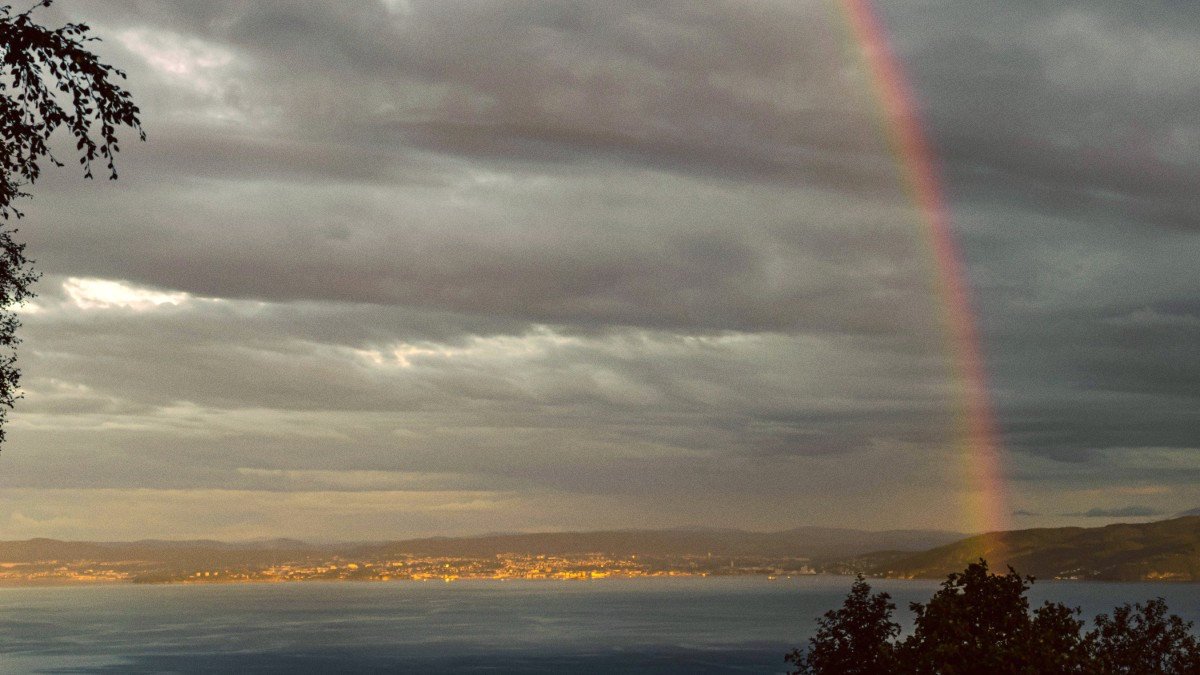
Northern Norway, Norway
Summer (June-August): This period brings the mildest temperatures, a comfortable time for outdoor activities. Daylight hours are long, with "midnight sun" visible to varying degrees. Precipitation is moderate, and humidity levels are generally low to moderate.
Autumn (September-October): Temperatures typically range from 3°C to 12°C (37-54°F). You can expect increased precipitation. The air feels crisp, and changing colors give a beautiful backdrop for walks.
High Season (June-August): Warmest weather, maximum daylight, full attractions, lively atmosphere. Expect higher prices and more crowds. Book well in advance.
Low Season (November-April): Best for Northern Lights and winter sports. Prices generally lower. Expect cold, short daylight, some limited hours for activities.
Peak travel period
Warmest weather, maximum daylight for sightseeing, all attractions and activities operate on full schedules, lively outdoor atmosphere.
Higher prices for accommodation and flights. More crowds at popular sites. Book well in advance.
Transition periods
Fewer crowds at attractions. Prices for accommodation and flights can be lower. Temperatures are pleasant for many outdoor activities.
Some attractions may operate with reduced hours. Weather can be more variable, with a higher chance of rain or cooler temperatures.
Winter experiences
Best for Northern Lights (especially Dec-March). Opportunities for winter sports. Prices for travel and lodging often significantly lower.
Cold temperatures. Short daylight hours. Some outdoor activities may have limitations or require specialized gear.
Hiking, Cycling, Fjord Cruises: June to early September. City Sightseeing & Outdoor Cafes: June to August. Northern Lights Hunting: December to March (venturing away from city lights). Skiing/Snowboarding: December to April, conditions vary.
Cultural Festivals (like the St. Olav Festival): Late July and early August are prime times for these cultural celebrations.
Trondheim weather changes quickly; be prepared for rapid shifts.
Heavy snowfall and icy conditions common; use appropriate footwear.
Always check local forecast (e.g., via Yr.no) for current information.
Norway is part of the Schengen Area, impacting visa requirements for travelers. Understand the regulations that apply to your nationality.
Citizens of many countries outside EU/EEA (India, China, Russia) require this visa. Submit applications to the Norwegian embassy or consulate or a visa application center.
Citizens of EU/EEA countries, USA, Canada, UK, Australia, New Zealand, Japan, South Korea, and many others can enter Norway for tourism for up to 90 days within any 180-day period without a visa.
Have these documents ready when applying for a visa or when entering Norway as a visa-exempt traveler: Passport, Proof of Accommodation, Proof of Sufficient Funds, Return/Onward Ticket.
Visa applicants need Travel Insurance, completed Visa Application Form, and recent Photographs.
Valid for at least three months beyond your planned departure from the Schengen Area, issued within 10 years, at least two blank pages.
Provide hotel bookings for your entire stay or an invitation letter from a host in Norway.
Bank statements, credit card statements, or other evidence for expenses during your stay.
Mandatory for Schengen visa applicants (€30,000 medical coverage). Consider World Nomads, SafetyWing, or Insubuy.
Show proof of departure from the Schengen Area (e.g., a confirmed flight ticket).
Norway is known for its high cost of living, and Trondheim is no exception. Careful budgeting helps manage expenses.
The Norwegian Krone (NOK), symbolized as kr. Exchange rates fluctuate. As a reference (early 2024): 1 USD ≈ 10.5-11.5 NOK; 1 EUR ≈ 11-12 NOK.
Price ranges (per night): Hostel Dorm Bed: 300-500 NOK. Budget Hotel/Guesthouse: 800-1,200 NOK. Mid-range Hotel: 1,200-2,000 NOK. Luxury Hotel: 2,000-4,000+ NOK.
Sample prices for transport and activities.
Trondheim is a very safe city, but knowledge of local health and safety protocols aids a secure trip.
Practice good hand hygiene and avoid touching your face to minimize risk of colds and flu, especially in colder months.
Good hand washing
Avoid touching face unnecessarily
Protect yourself from extended sun exposure in summer with sunscreen and sunglasses. In winter, wear sturdy footwear for icy conditions.
Sunscreen & Sunglasses (Summer)
Sturdy footwear for ice (Winter)
If hiking, check for ticks after outdoor activities in forested areas. Avalanches are not a city risk but heed warnings in mountainous areas outside the city.
Check for ticks after hikes
Heed mountain warnings (outside city)
| Service | Number | Notes |
|---|---|---|
| Ambulance/Medical Emergency | 113 | For direct medical emergencies. |
| Police | 112 | For general emergencies and crime reporting. |
| Fire Department | 110 | For fire and rescue services. |